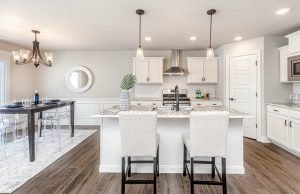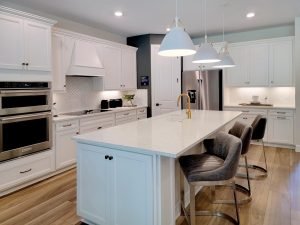Get the week's most popular posts delivered to your inbox.
Our weekly update is free yet priceless and you're less than a minute away from getting the current edition.
In the unlikely event we disappoint, you can unsubscribe with a single click!
Last Updated on August 14, 2024 by teamobn
Is a dedicated dining room still relevant today? How many families still manage to eat together, sitting around a table discussing their day? For many busy families, a separate dining room is wasted space and, of course, an expense.
It is one of the most essential rooms in the house. It’s where we gather to eat, socialize, and spend time with family and friends. A well-designed dining room can make a big difference in how we feel about our homes.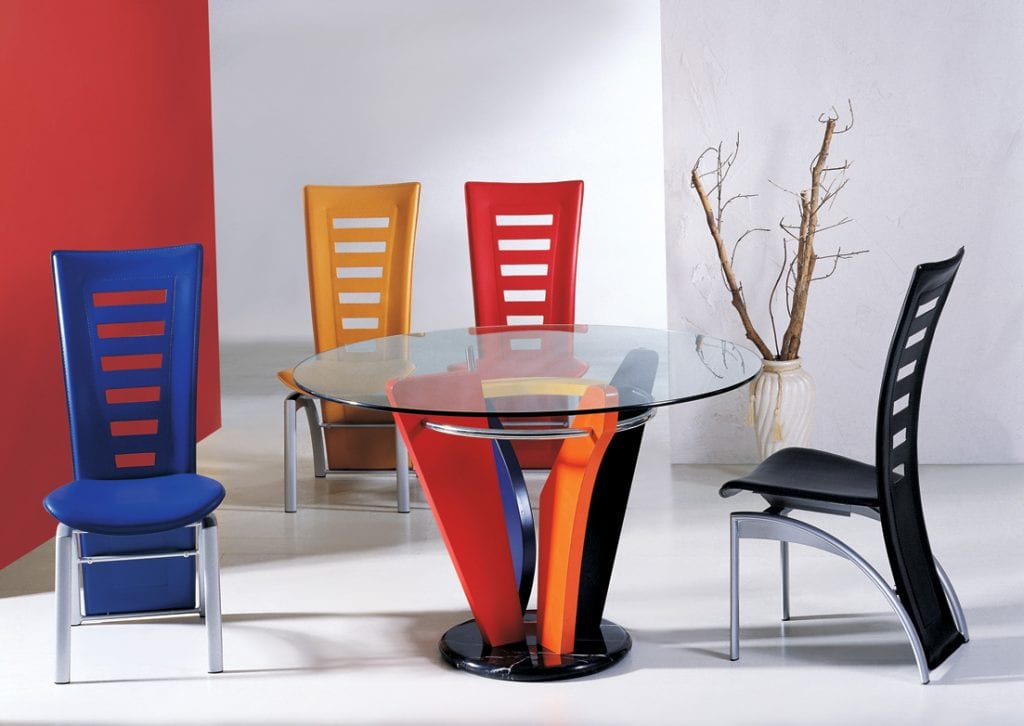
When you think of the ideal dining room, what comes to mind? Perhaps you envision a warm and inviting space where family and friends can gather to enjoy good food and conversation.
Or maybe you imagine a luxurious and elegant setting, perfect for hosting dinner parties or hosting special occasions.
No matter what your vision for the perfect dining area may be, there are a few key elements that are essential for creating an inviting and welcoming space.
Creating the Best Dining Experience
Furniture
Dining room furniture generally consists of a table, chairs, cabinet/hutch, and buffet. The table is most often the focal point of the room and is the largest piece of furniture.
The chairs should be comfortable and able to support people of all different sizes. The cabinet/hutch provides storage for dishes and other serveware, as well as a place to display other fine collectibles.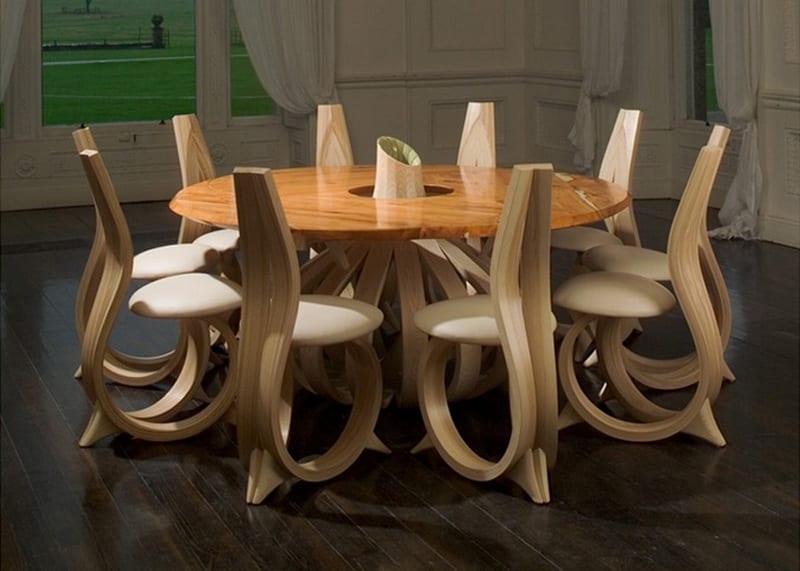
When furnishing the room, the type of room you want to create should be taken into account. For example, a formal dining room will require different furniture than an informal one.
The size of the room will also play a role in what furniture is chosen. A larger room can accommodate a more grandiose table and chairs, while a smaller room will need more compact furniture.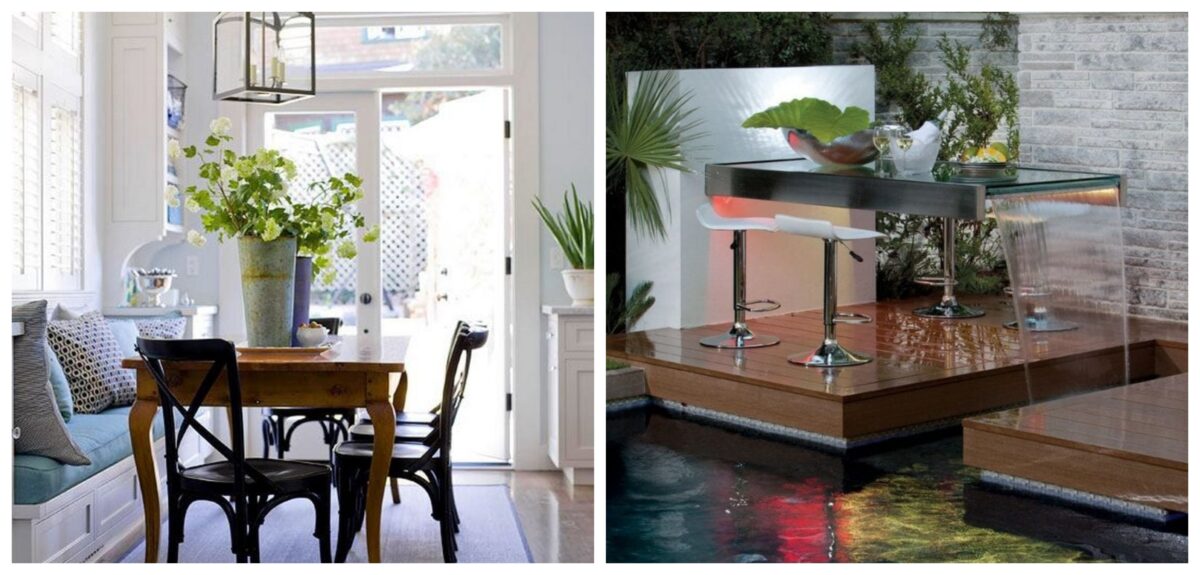
The shape of the table is another important factor to consider. A rectangular table is better for a formal dining room, while a round table is more suited for an informal one.
The number of people you plan to have over for dinner parties will also be a determining factor in what furniture to choose. More guests will require a larger table.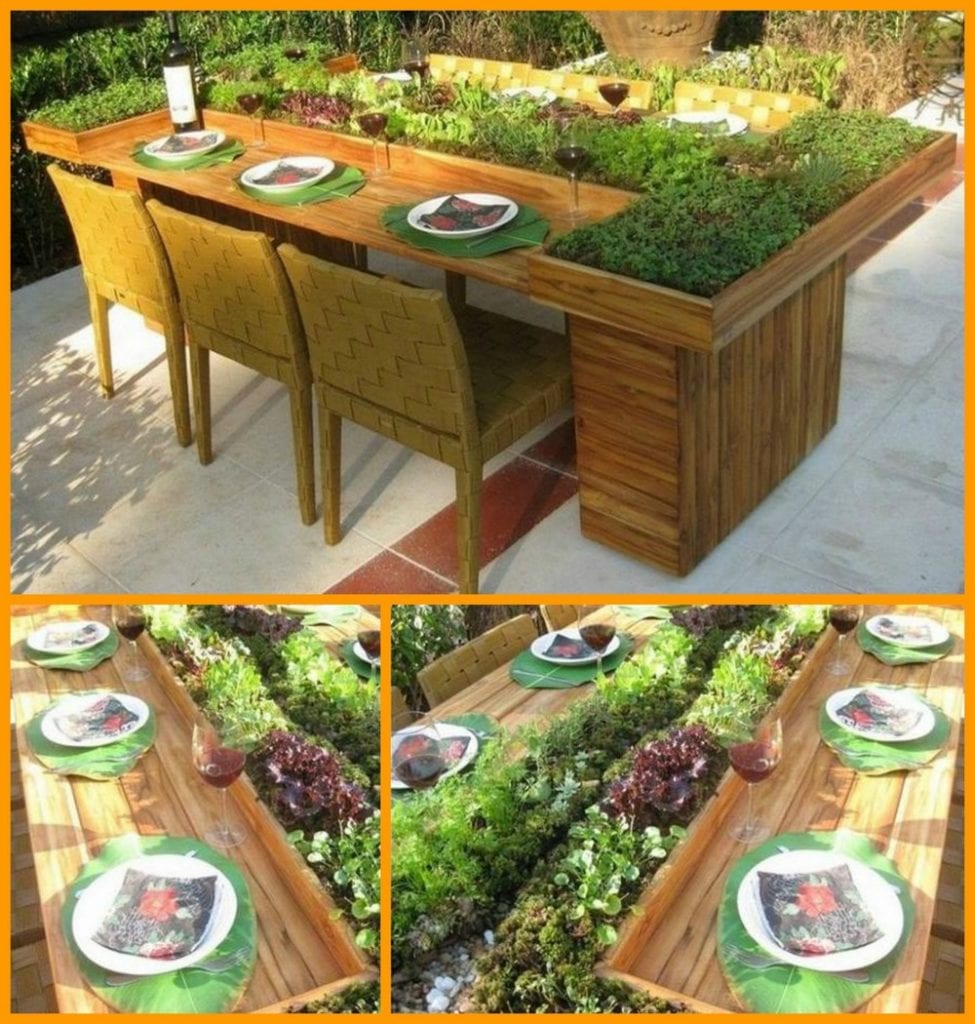
Lighting
Lighting is a big part of any dining room, and in order to set the perfect mood, it is important to choose the right lighting.
When dining, you want an environment that’s warm and inviting, and one way to achieve this is by using yellow or orange bulbs. But, when you’re entertaining, you may want to use blue or white bulbs that give off a more professional tone.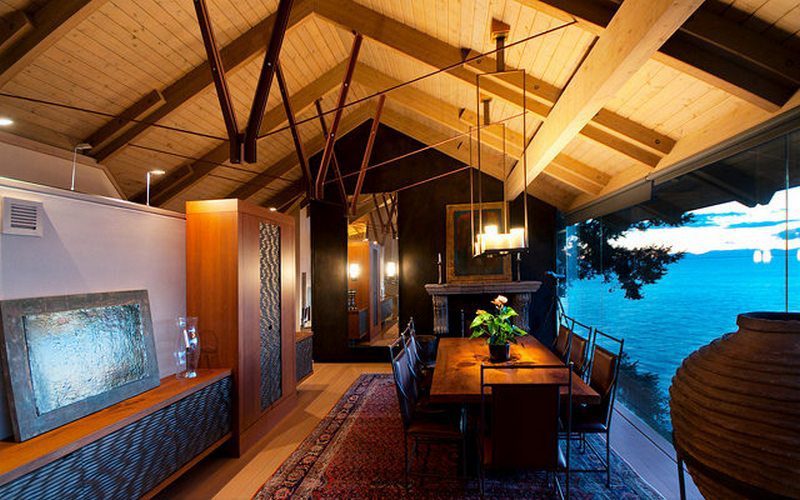
Colour
The right colour scheme can make your dining room feel more inviting and welcoming. Consider using colours that are associated with nourishment, such as oranges, yellows, and greens.
These colours can help encourage appetite and create a warm and welcoming atmosphere.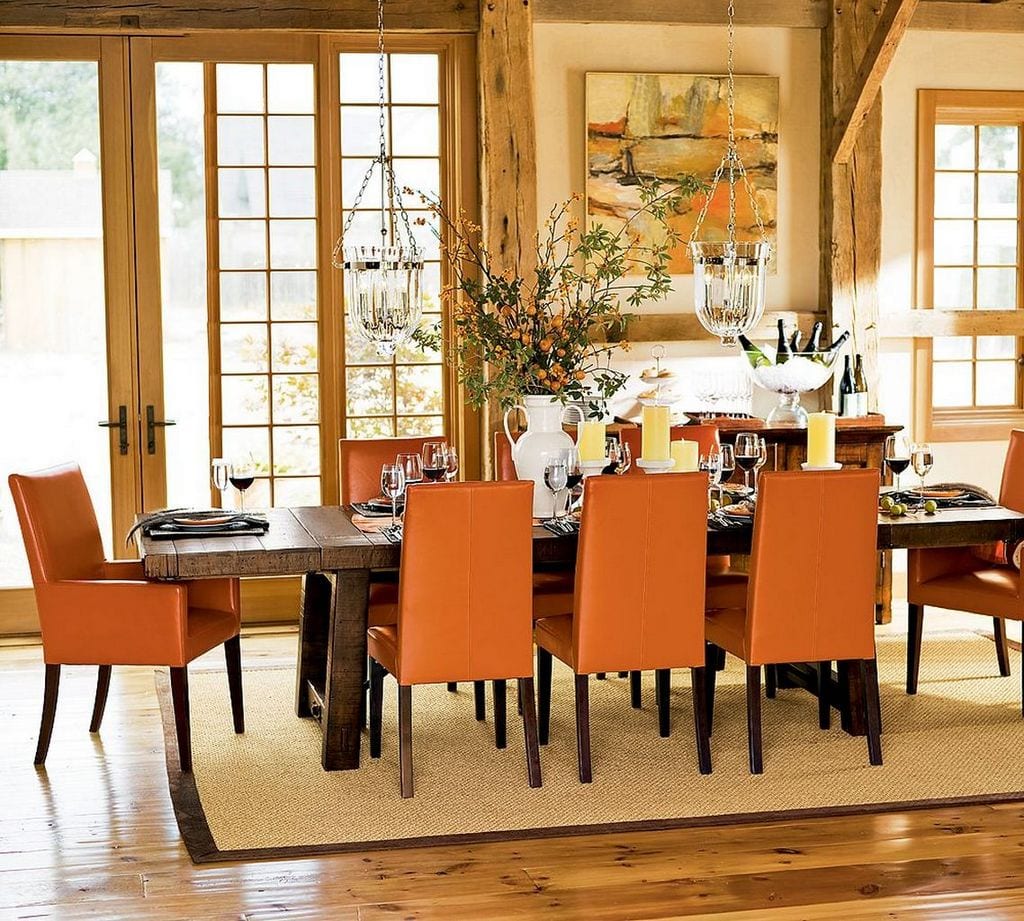
Decoration
Decorations are important in creating a more inviting and welcoming dining room. The right decorations can make a big difference in the overall atmosphere of the room.
When choosing decorations, it is important to consider the overall theme of the room. For example, if the room has a more formal feel, then choosing elegant and sophisticated decorations would be a good idea.
On the other hand, if the room has a more casual feel, then choosing fun and festive decorations would be a better option.
Regardless of the overall theme, it is important to choose decorations that will make it more inviting.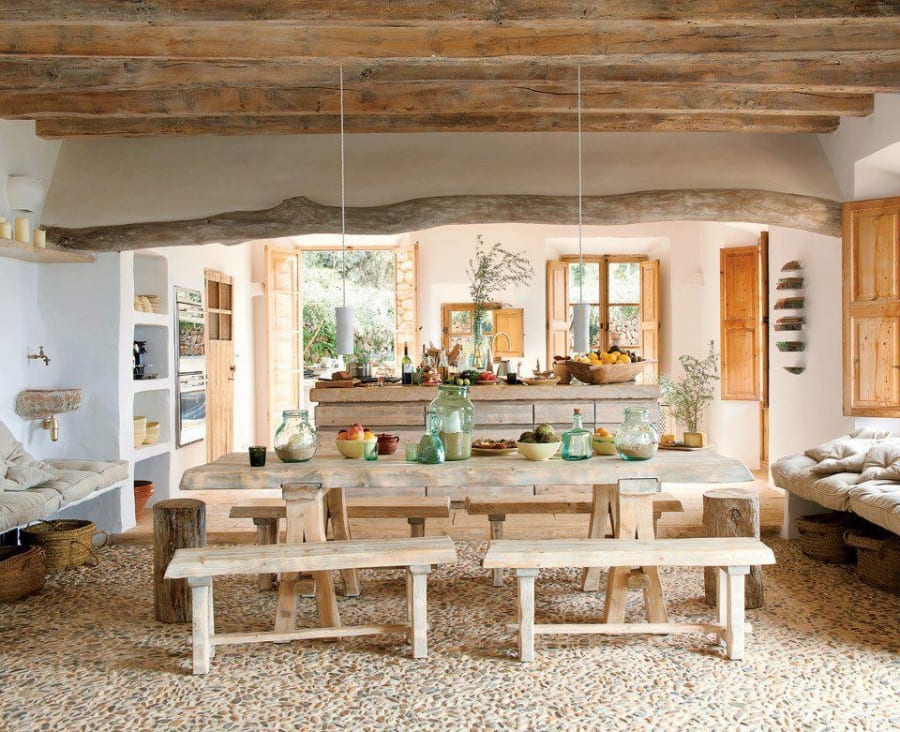
In this album you’ll find everything from luxurious dining rooms to eat-in kitchens; from the ultra-chic to the ultra-humble.
Click on any image to start the lightbox display. Use your Esc key to close the lightbox. You can also view the images as a slideshow if you prefer 😎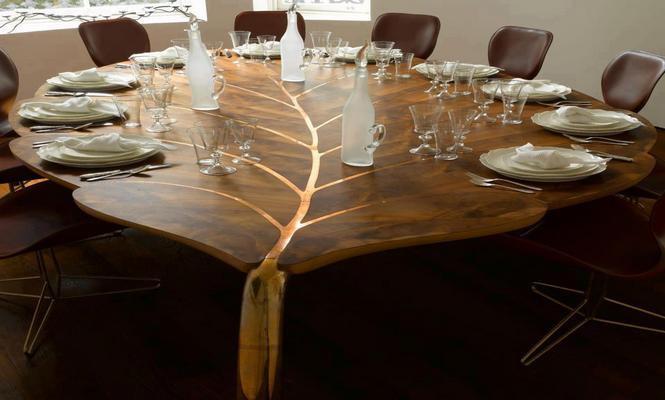

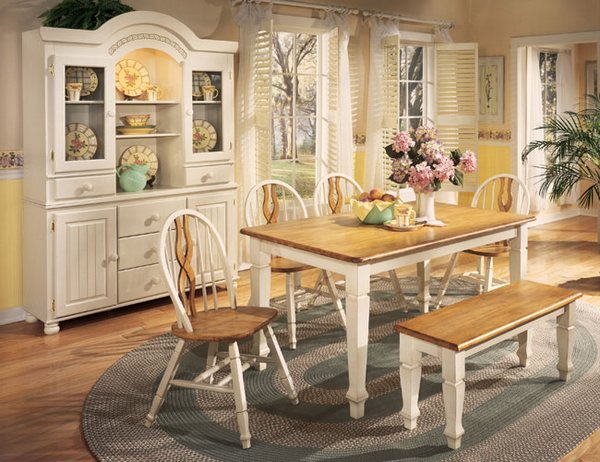




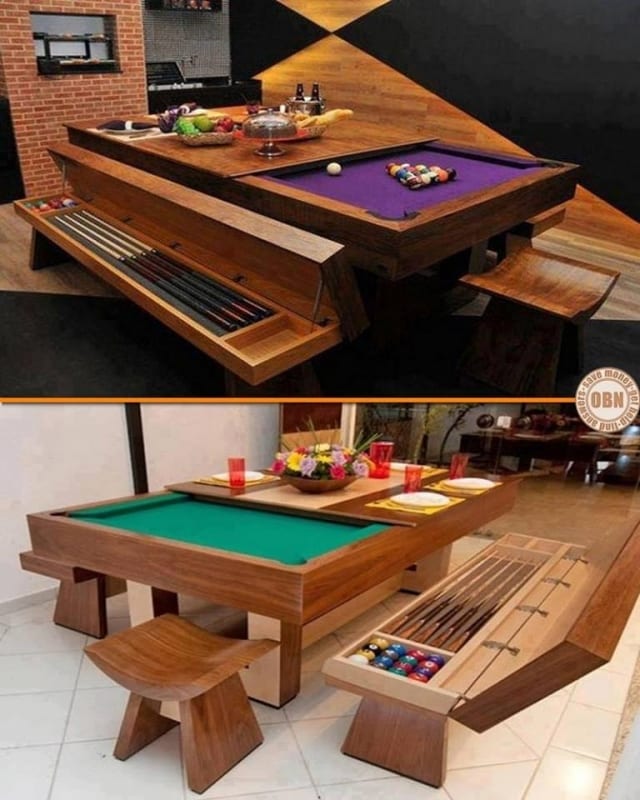
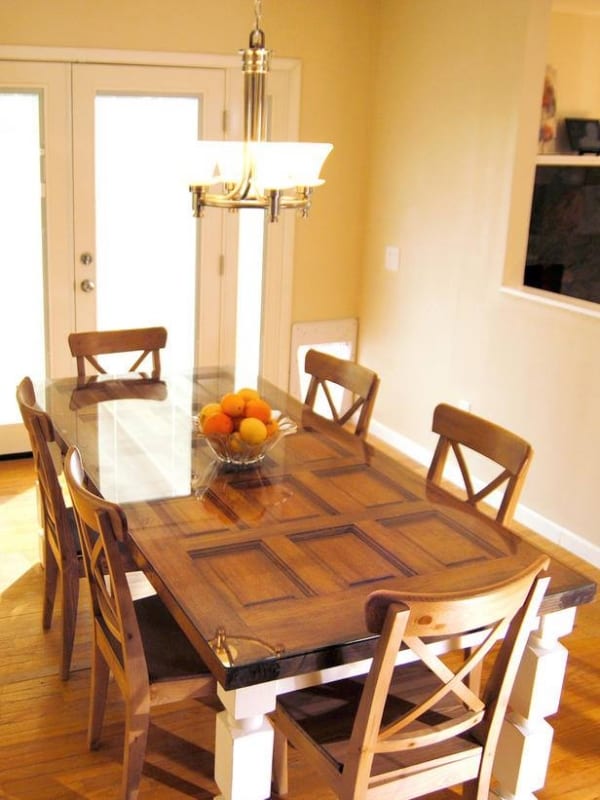

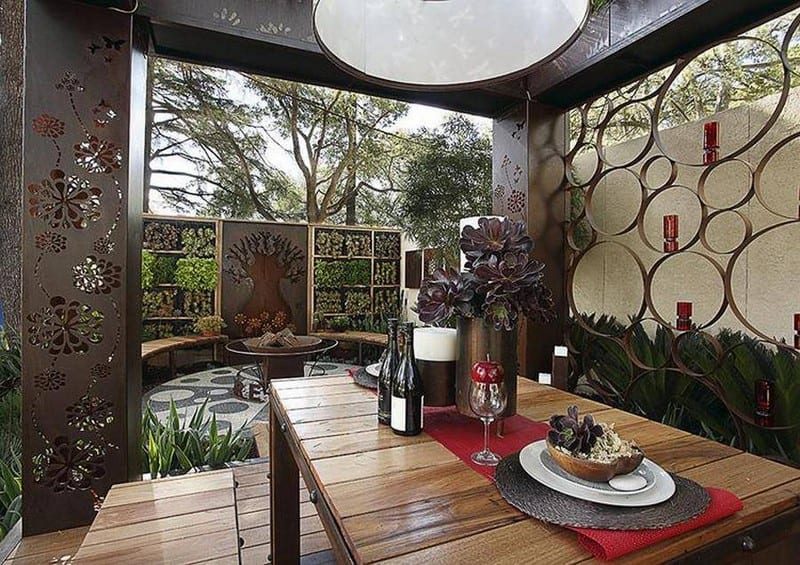

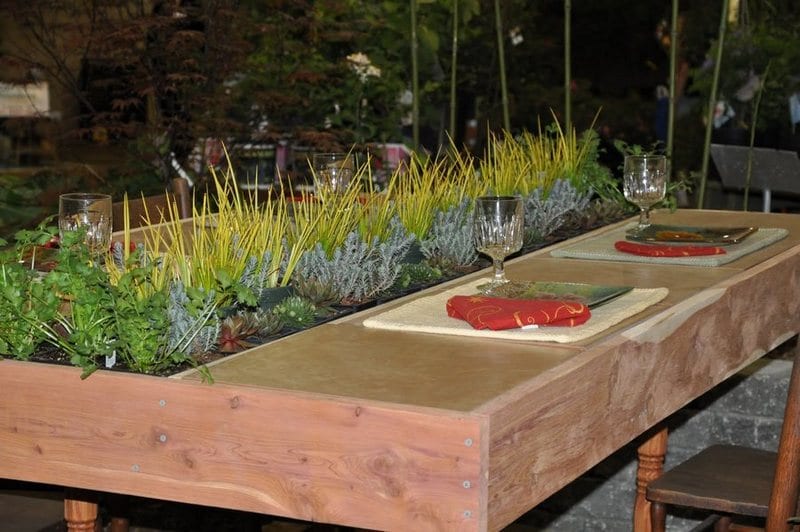
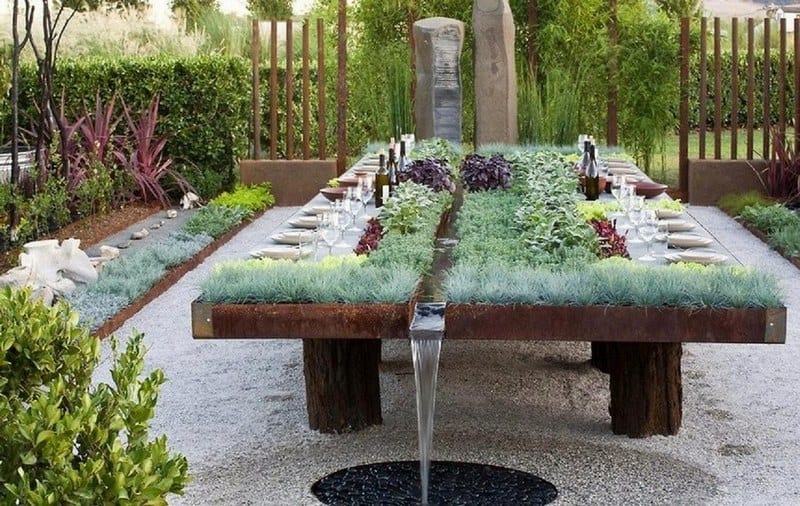

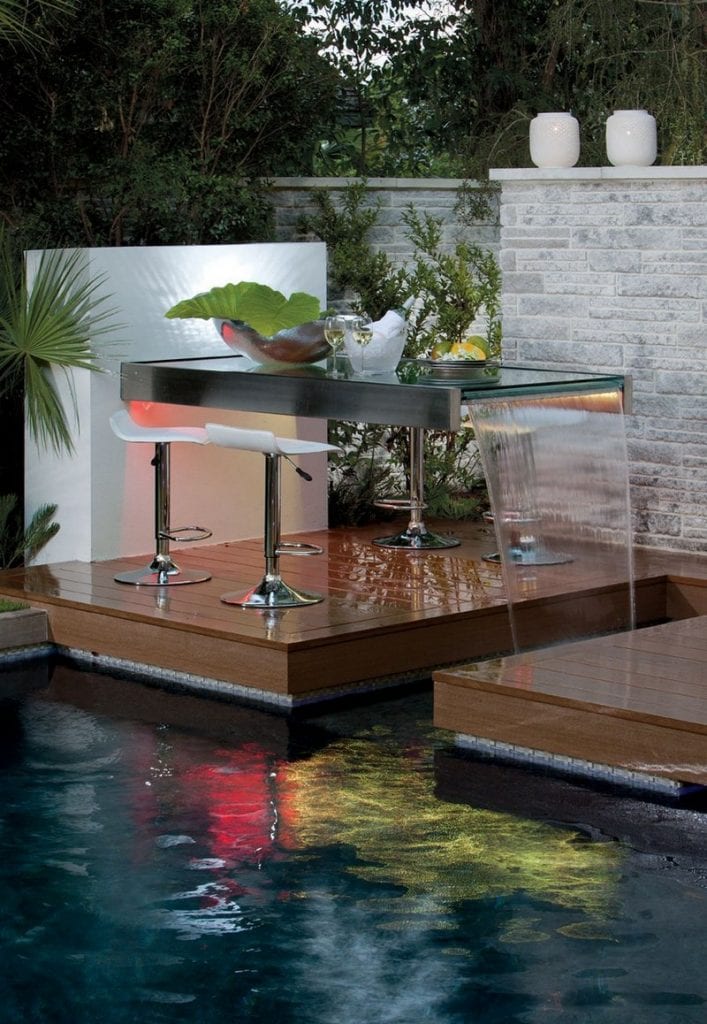
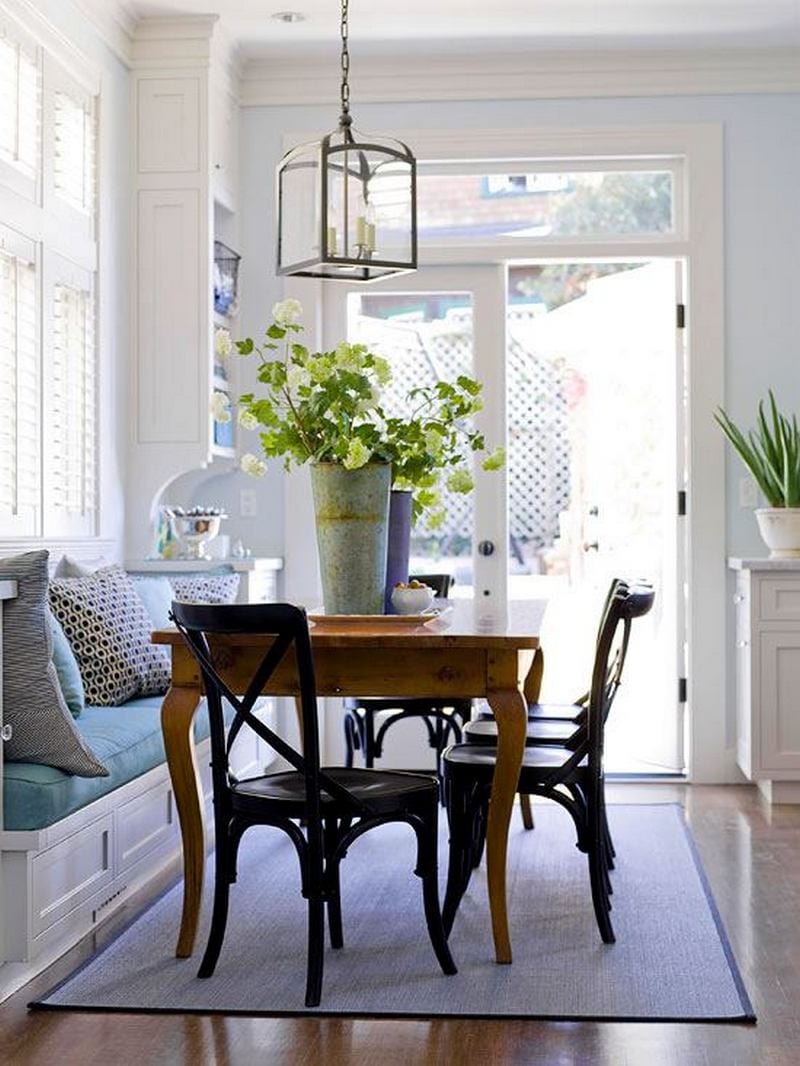
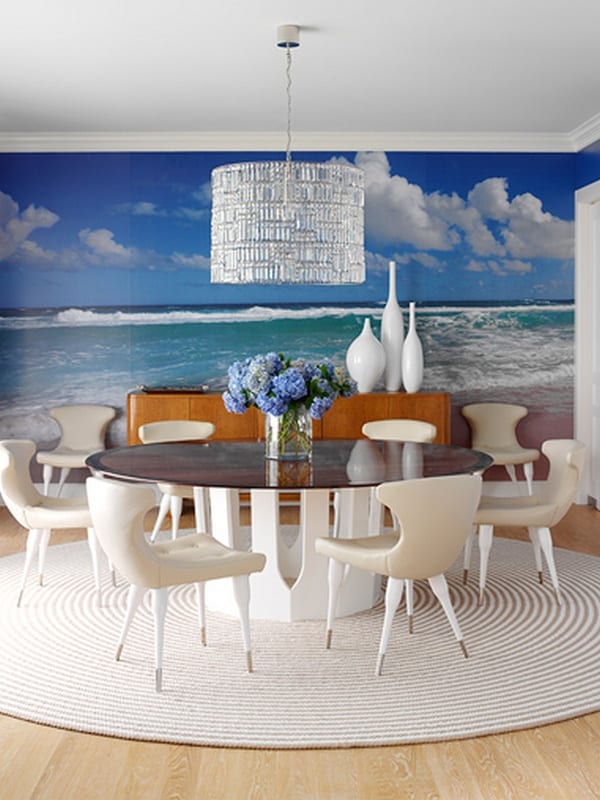
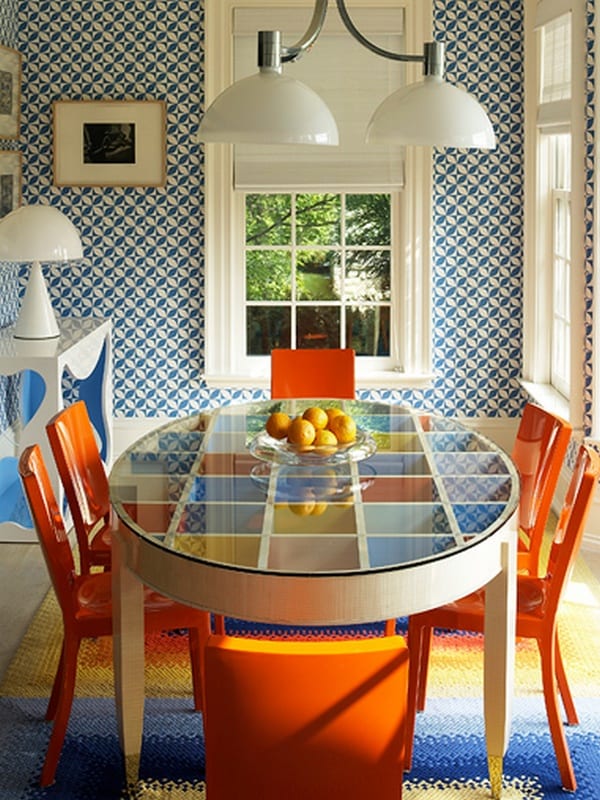
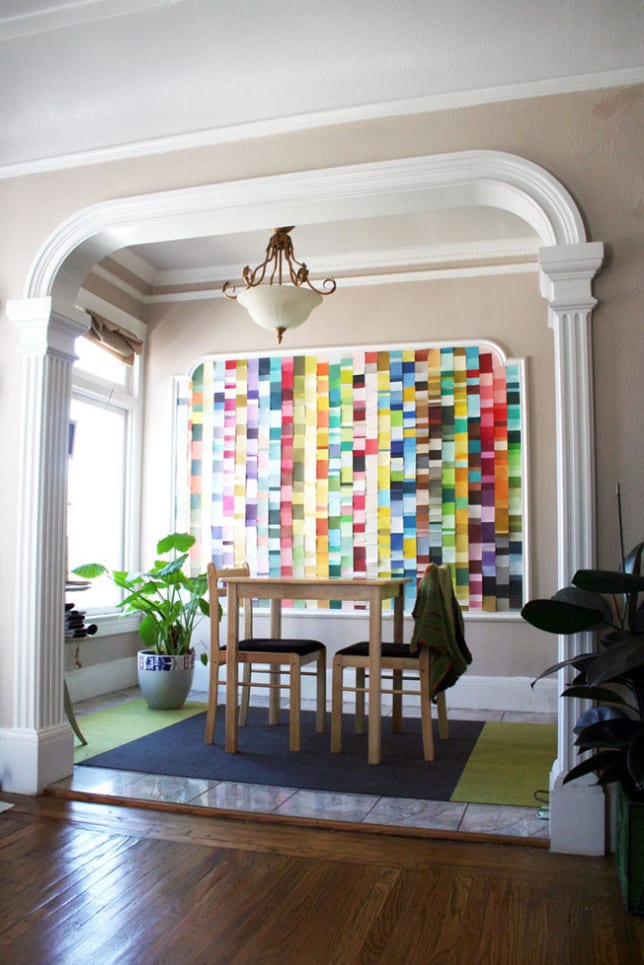
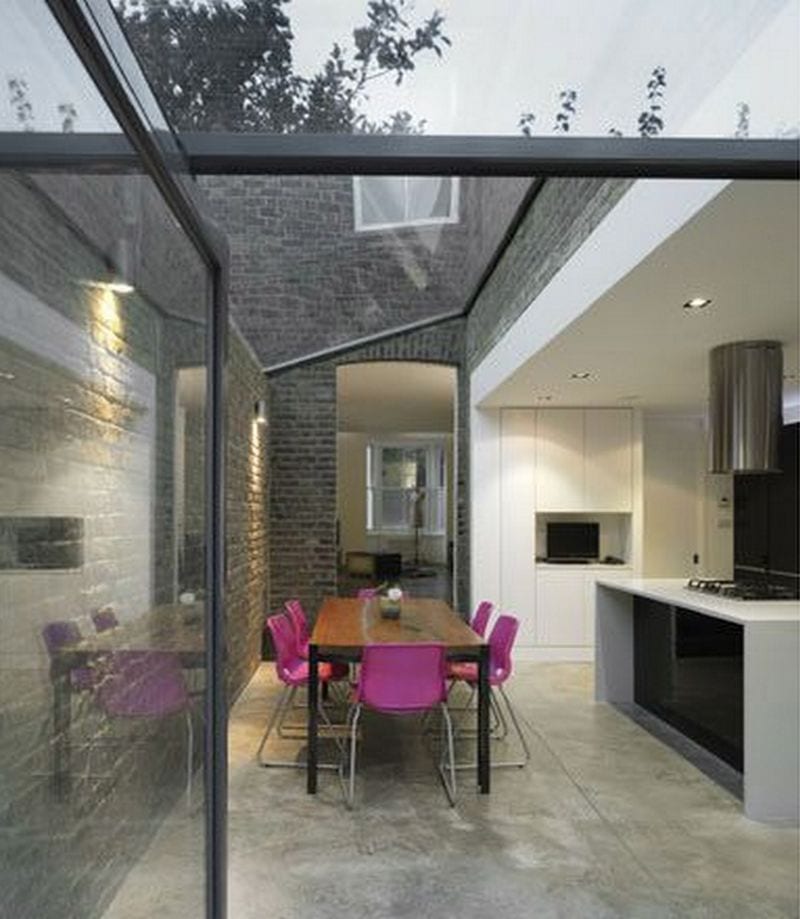
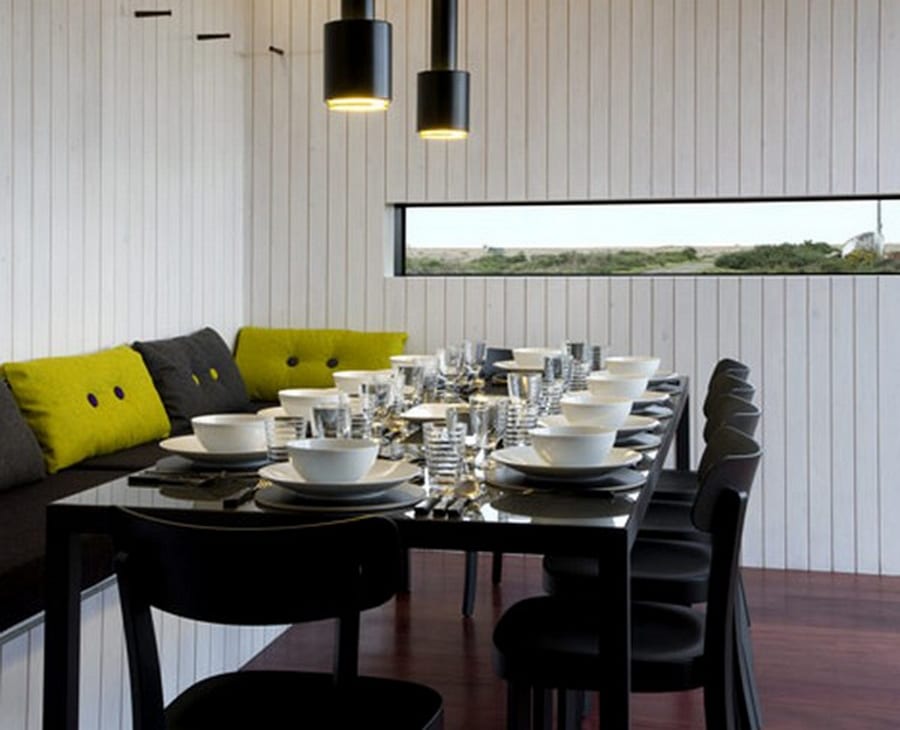

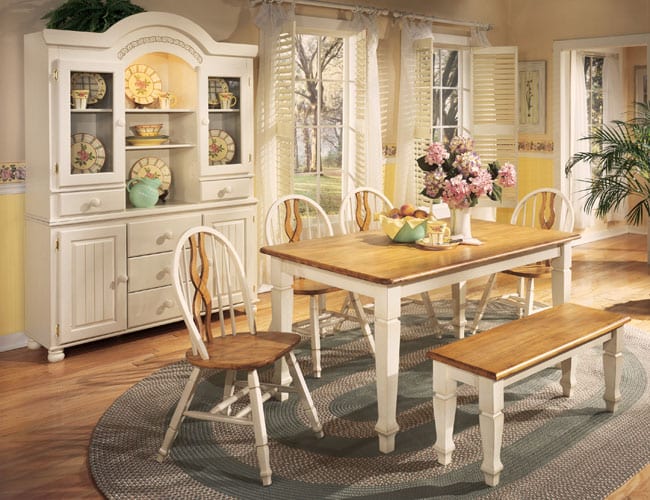
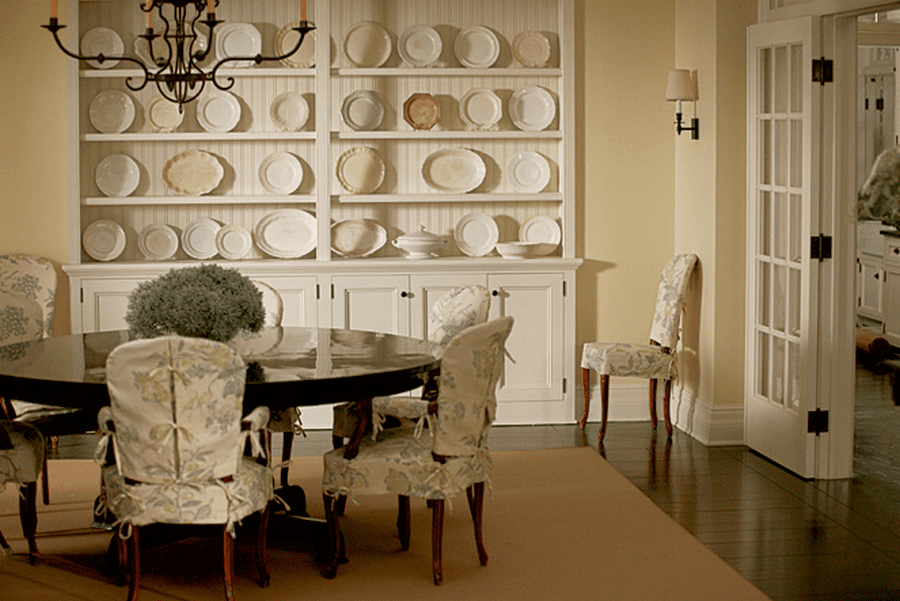
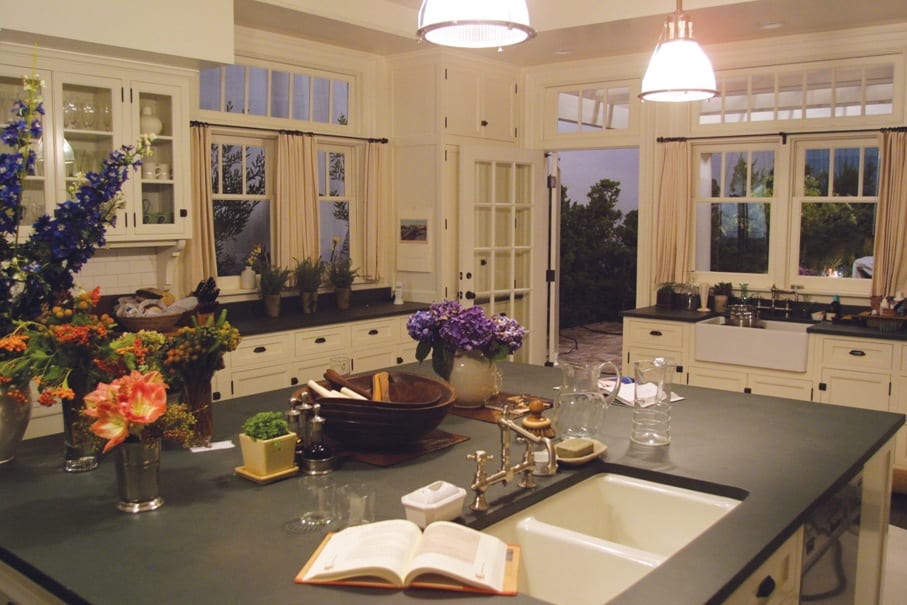
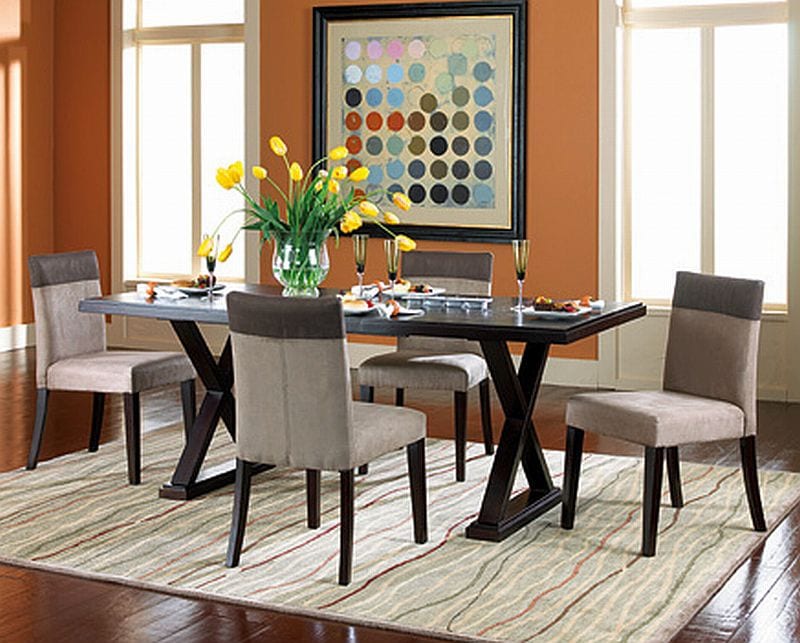



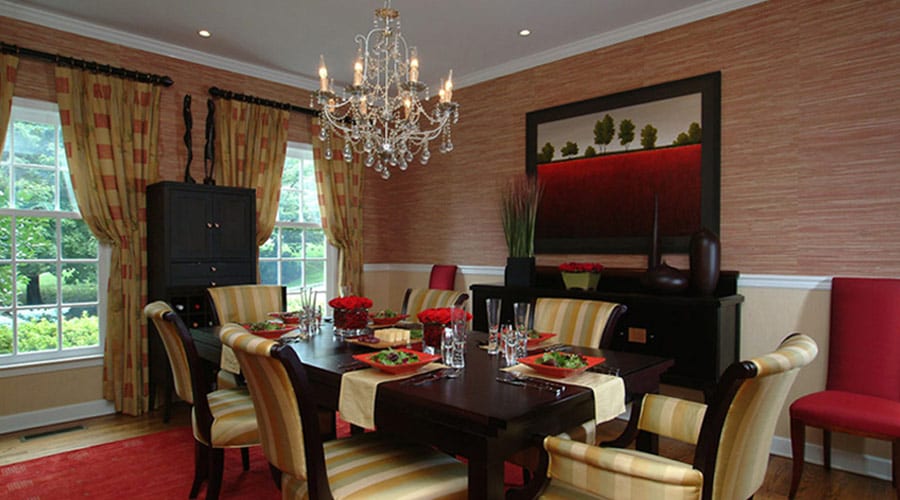
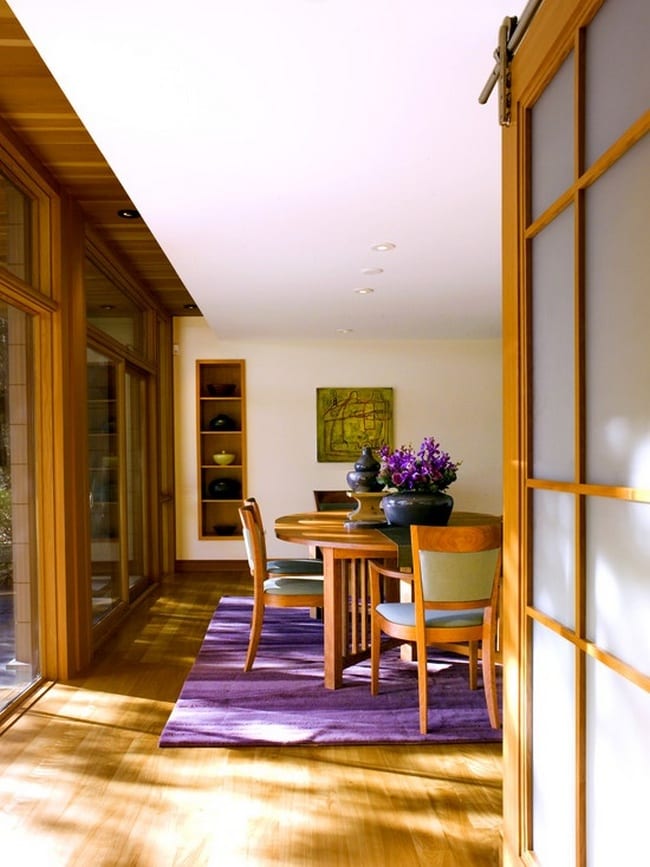
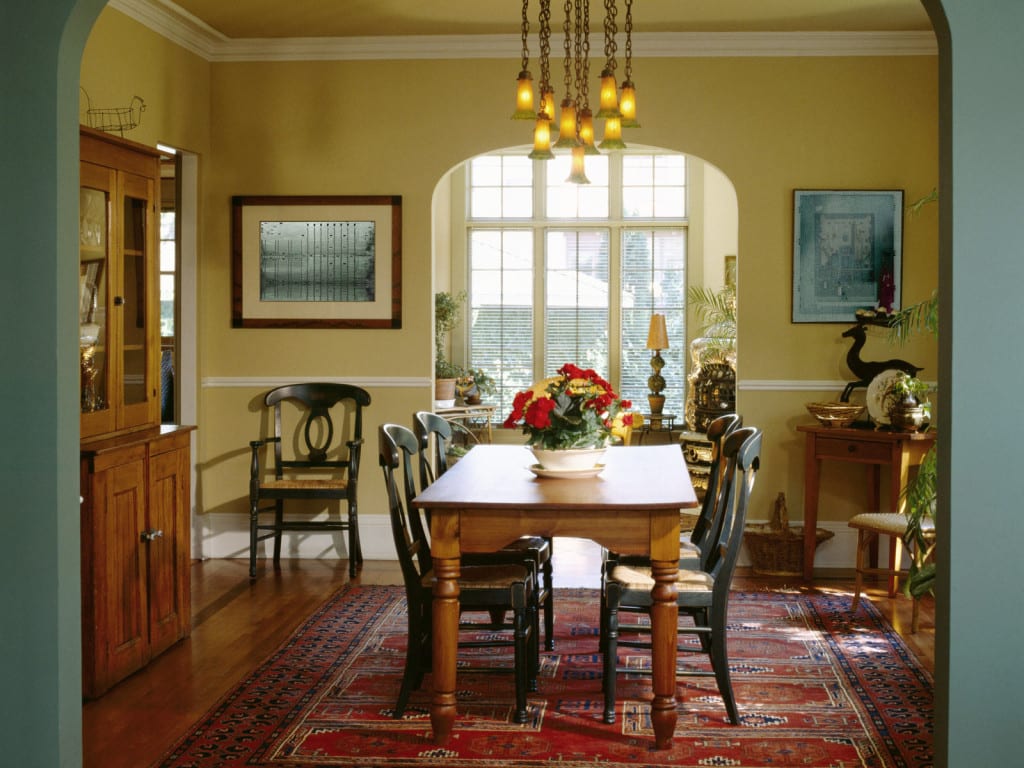
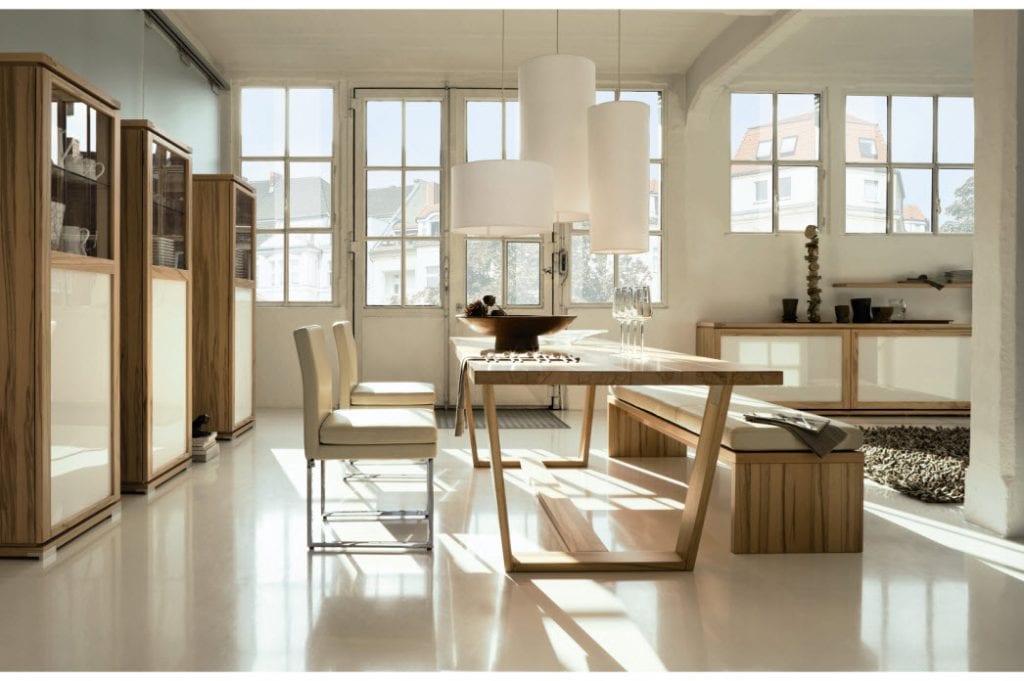
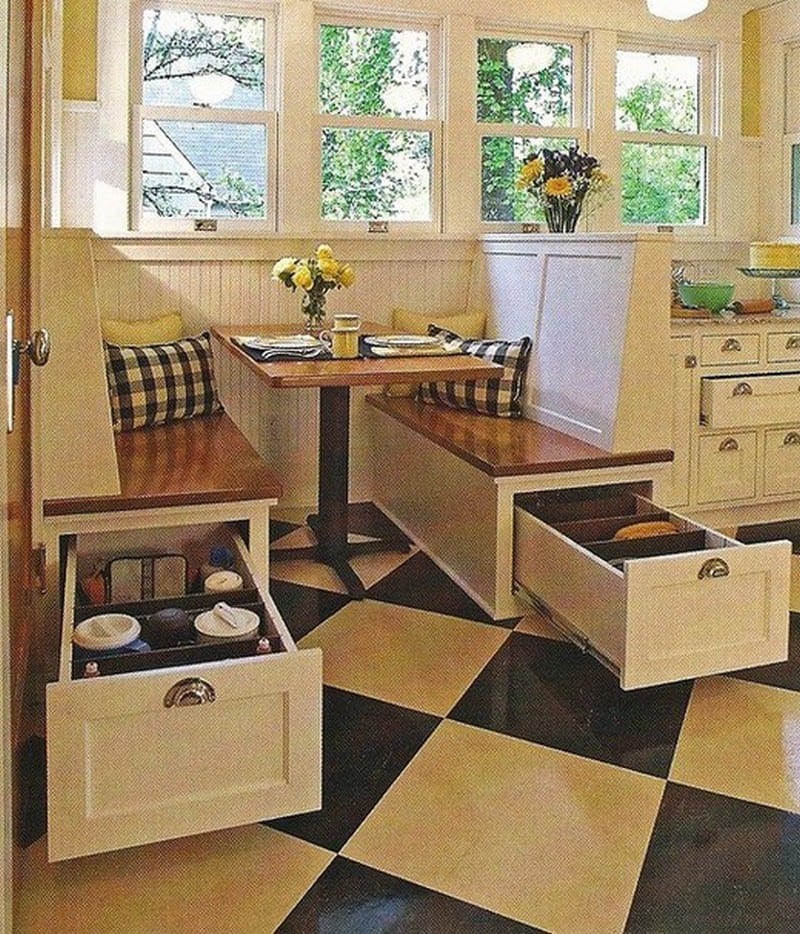
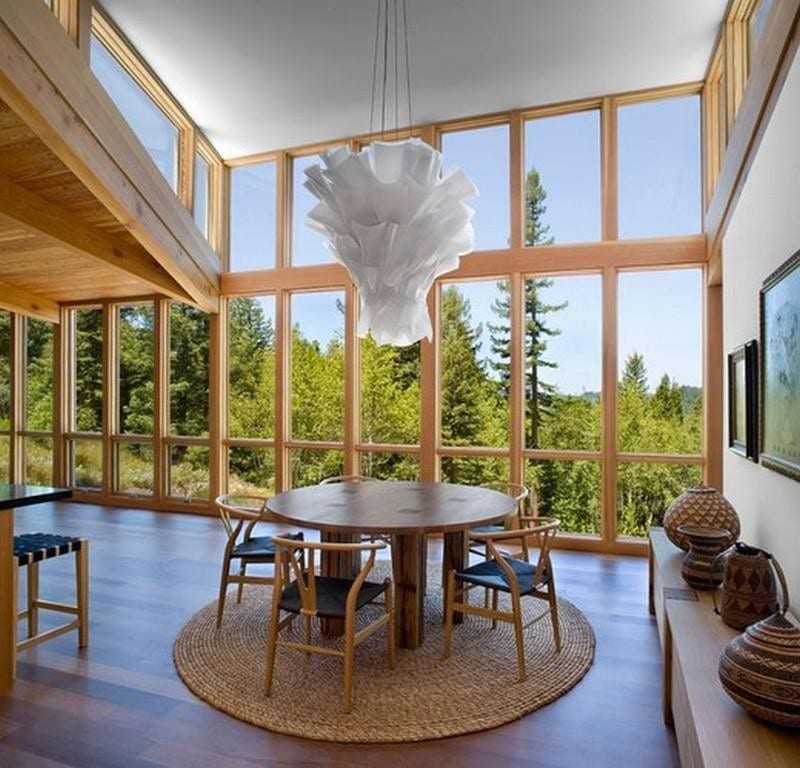
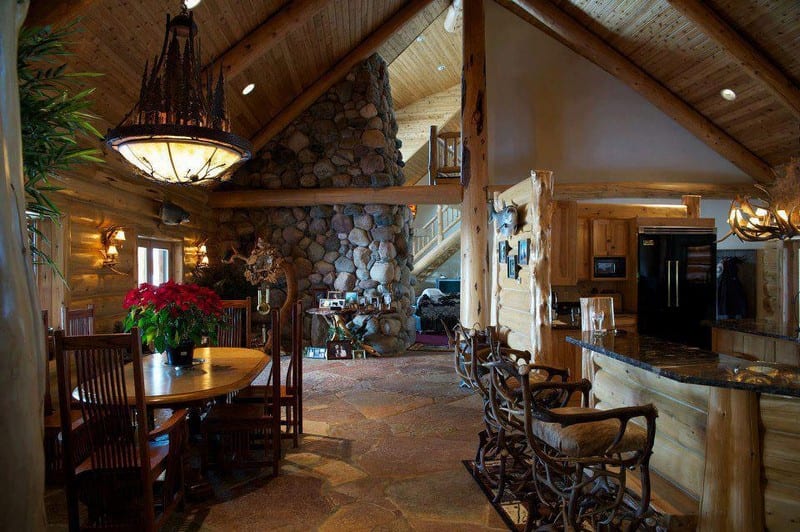
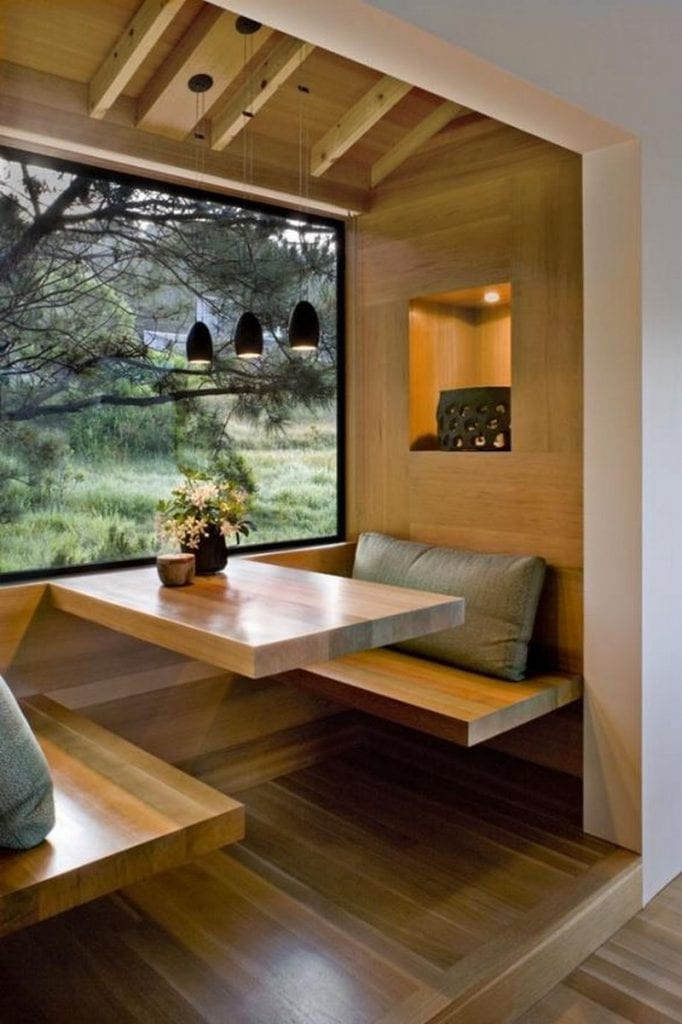
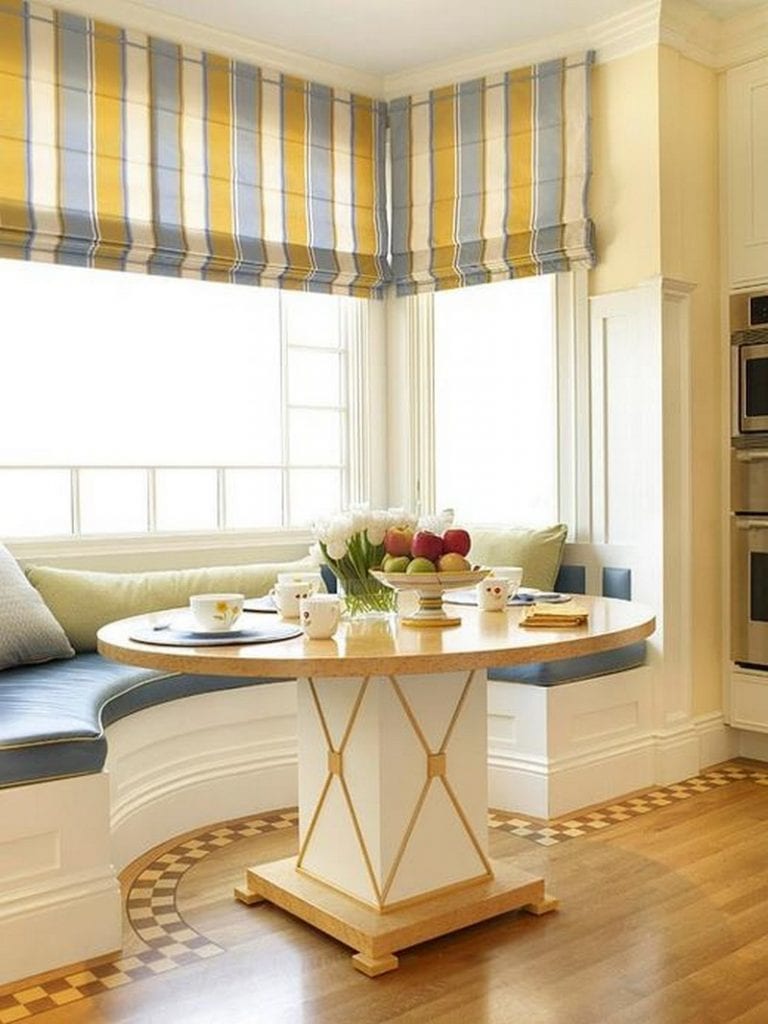
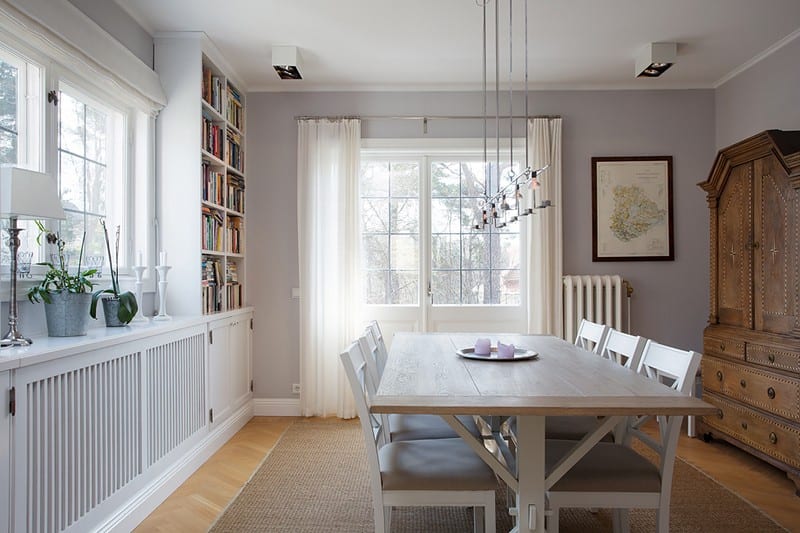
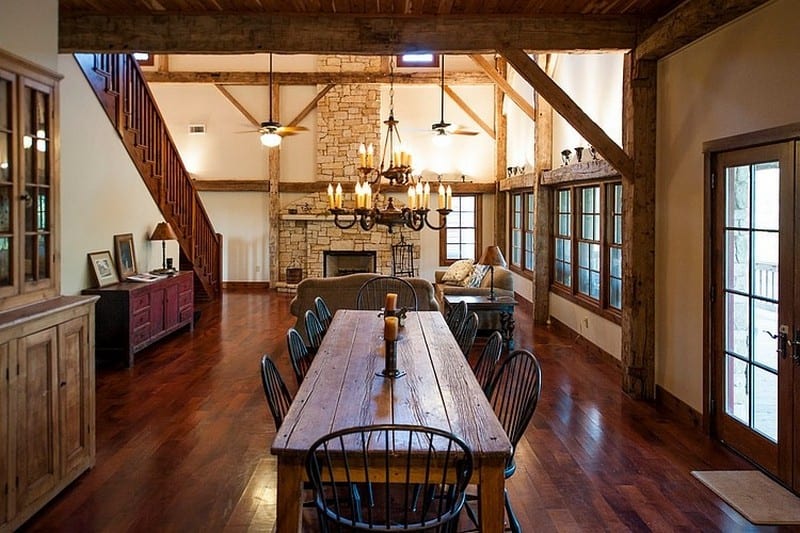

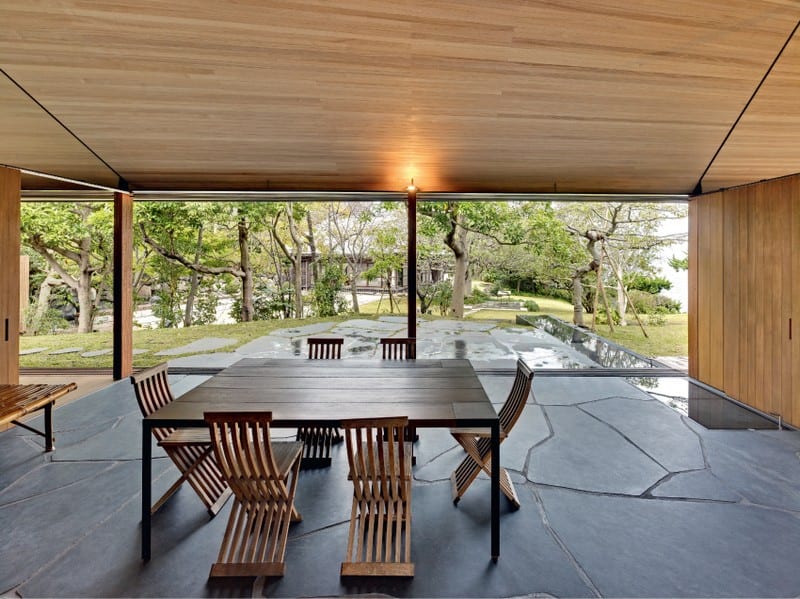

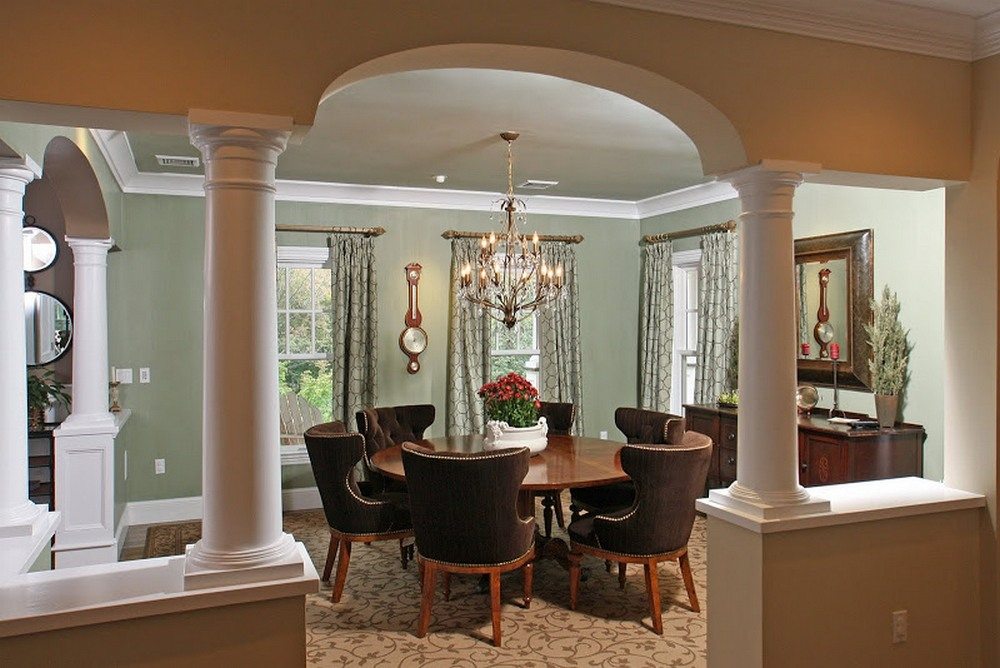


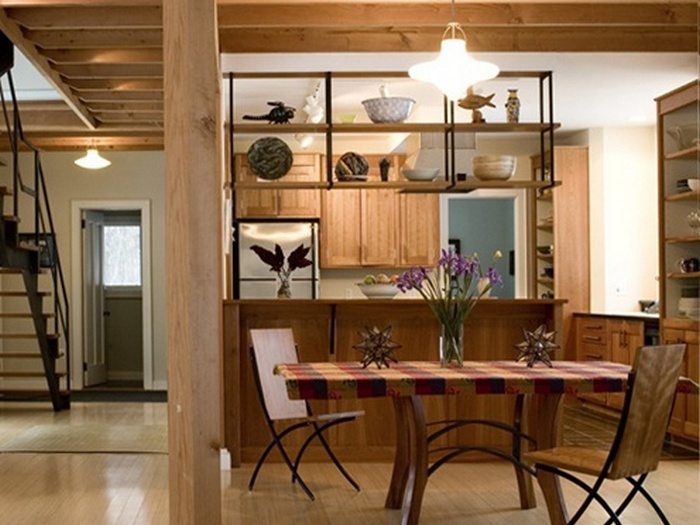
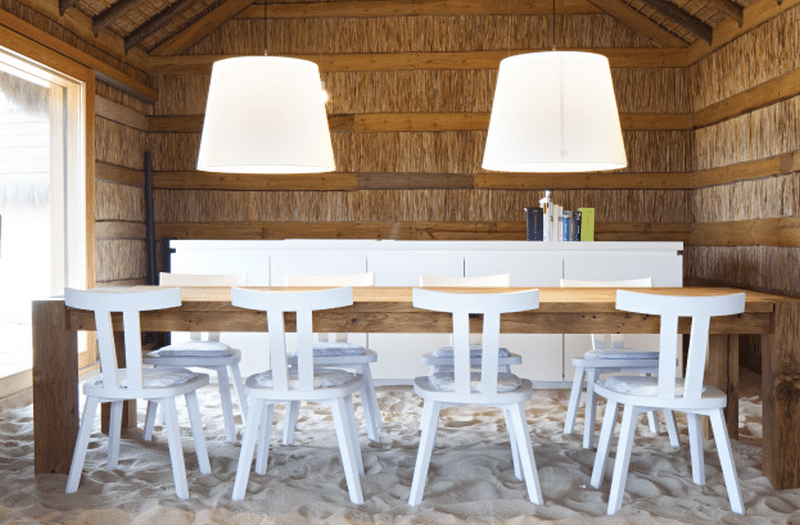
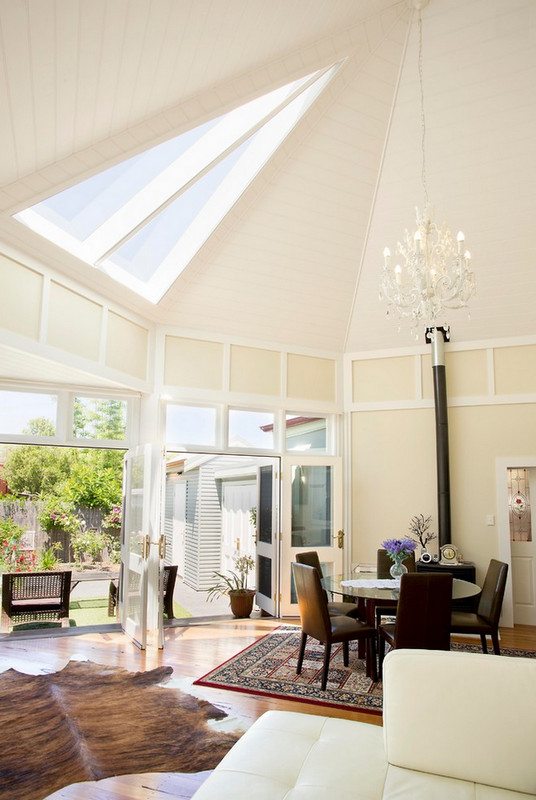
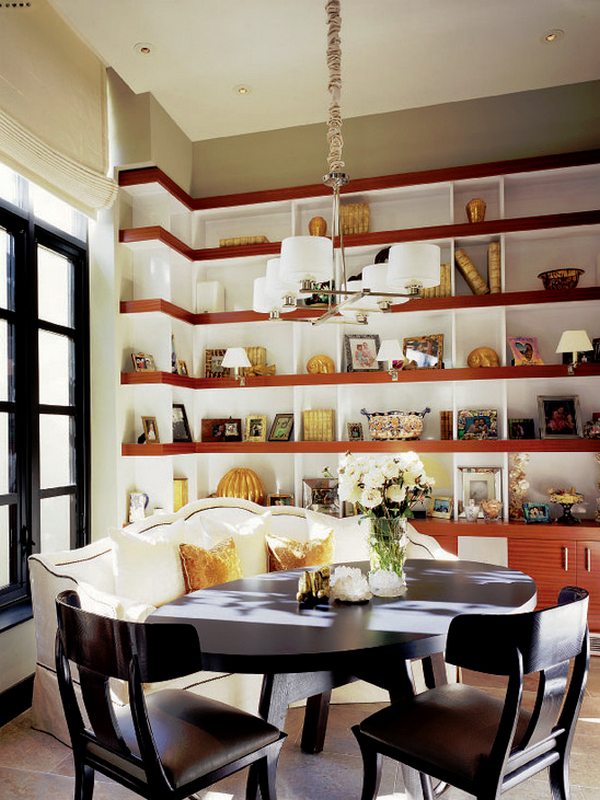
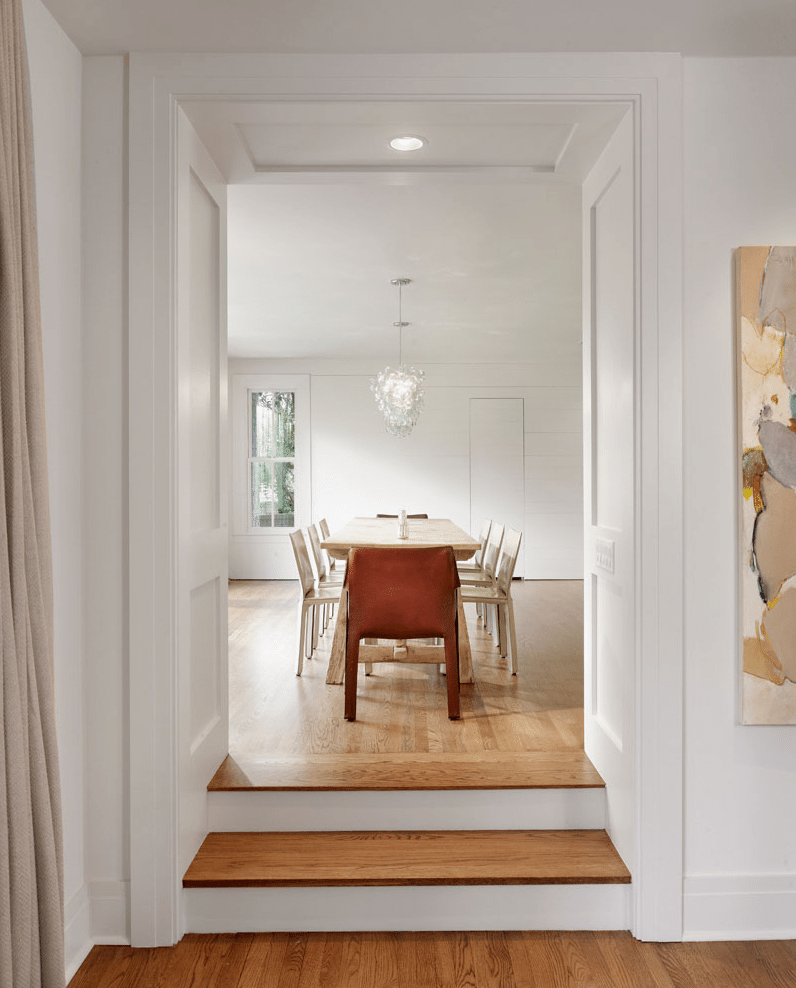
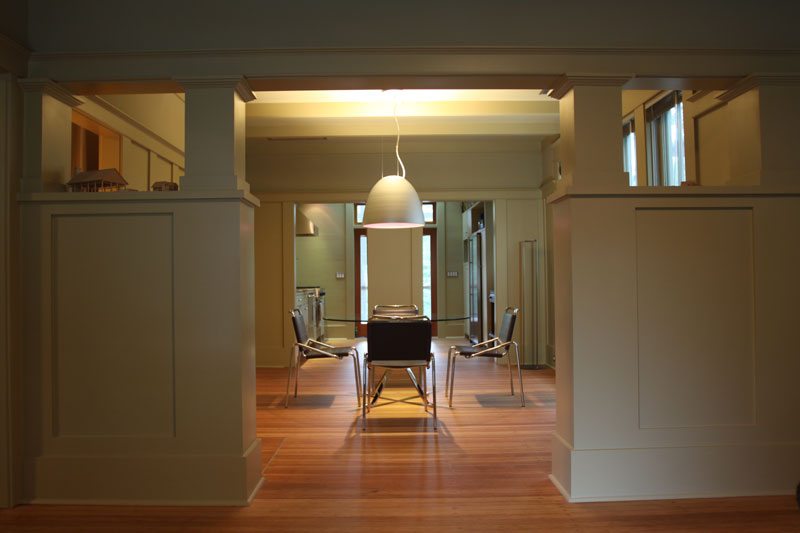
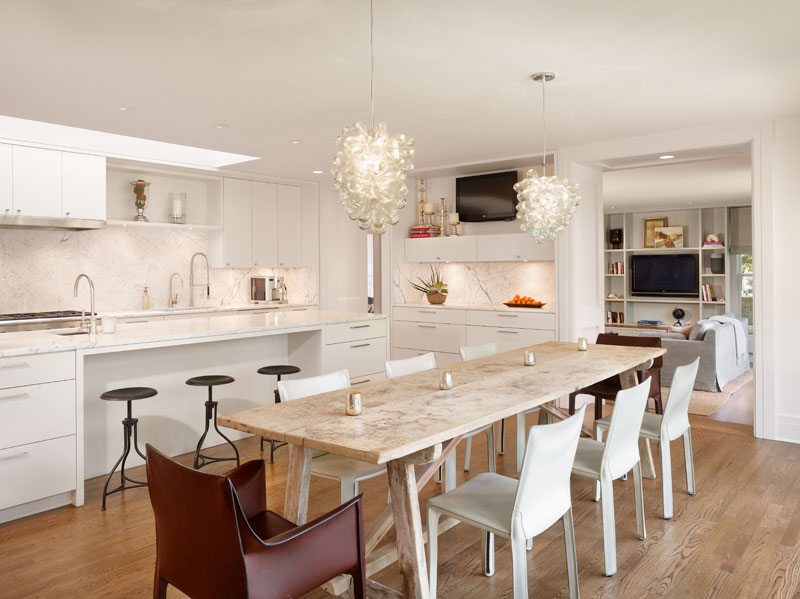
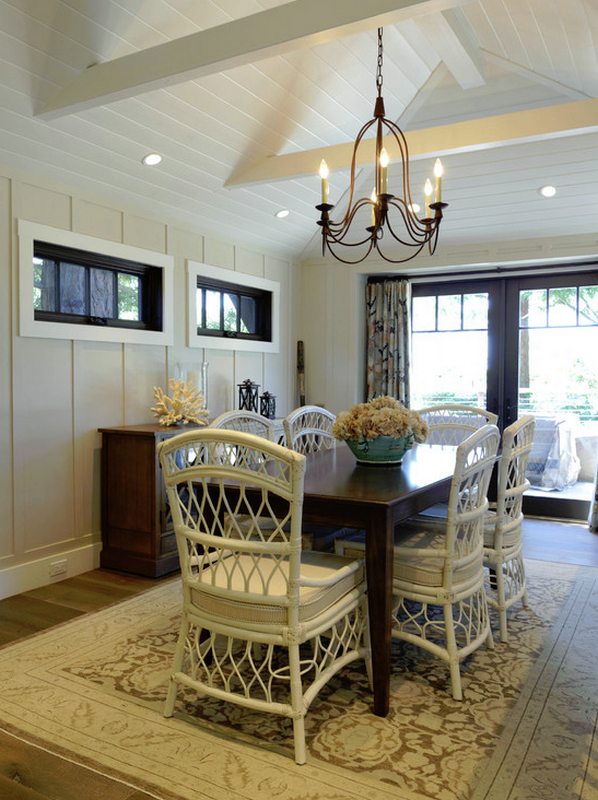
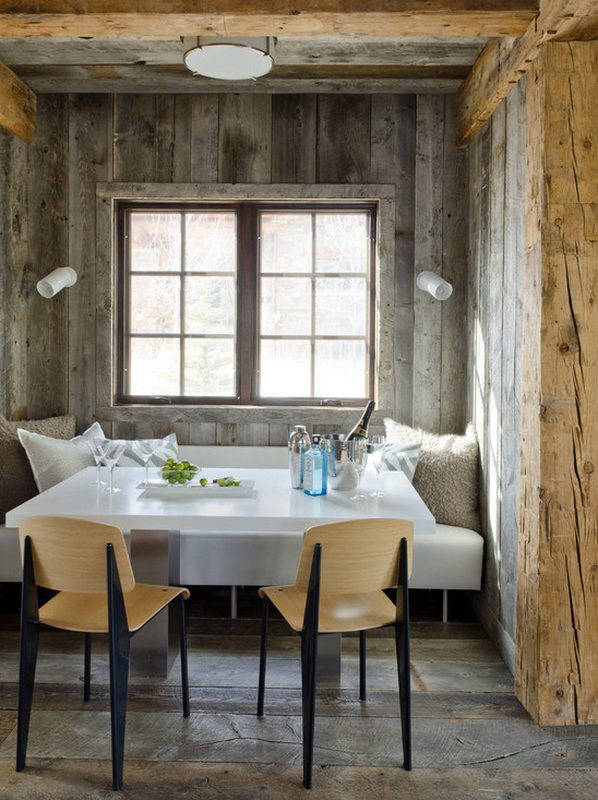
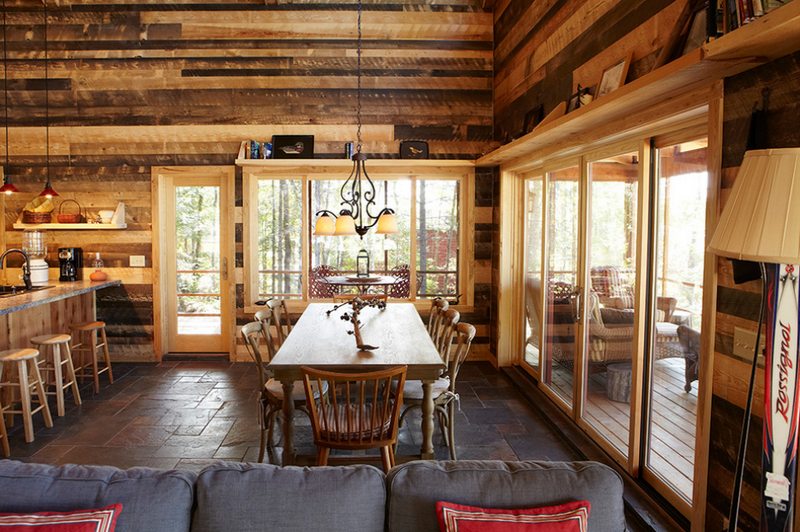
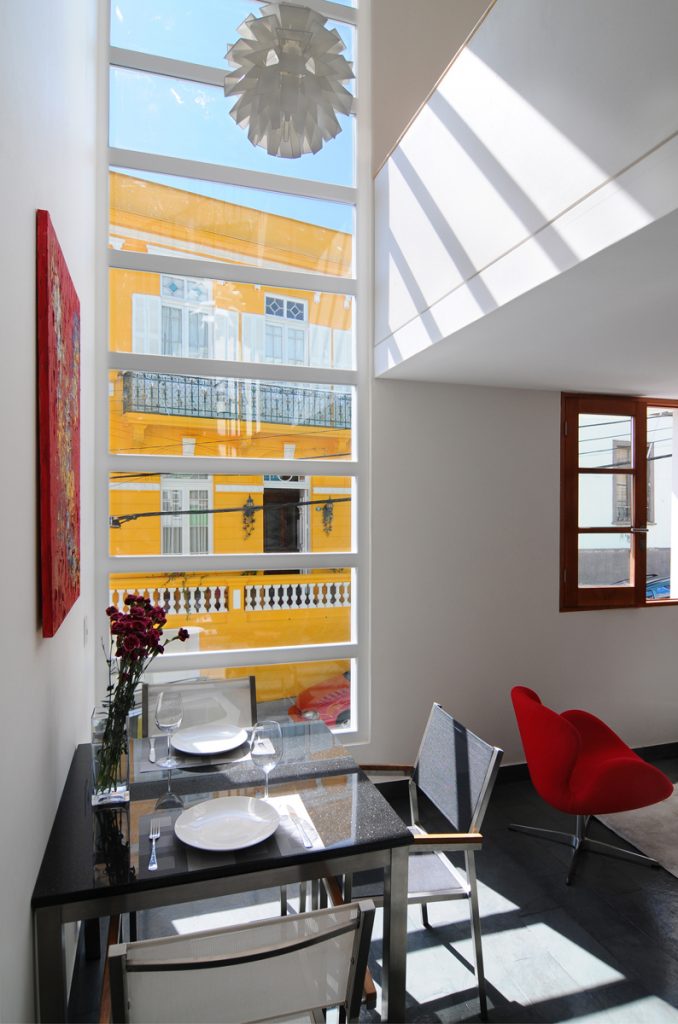
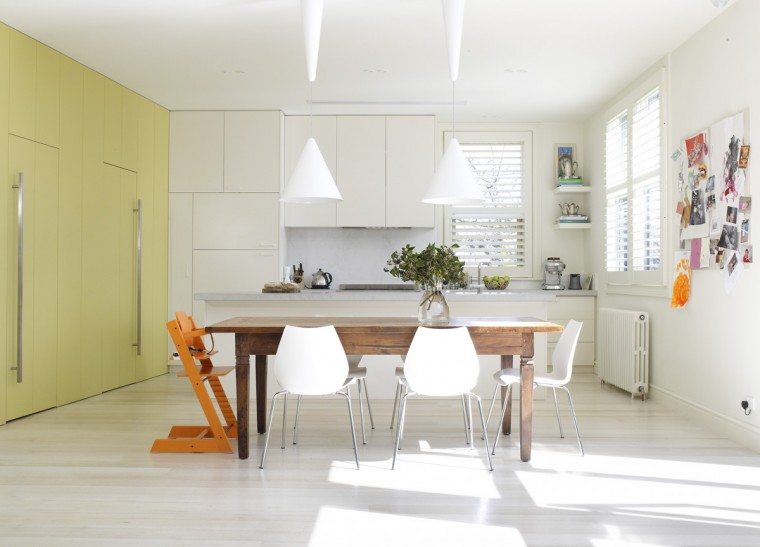
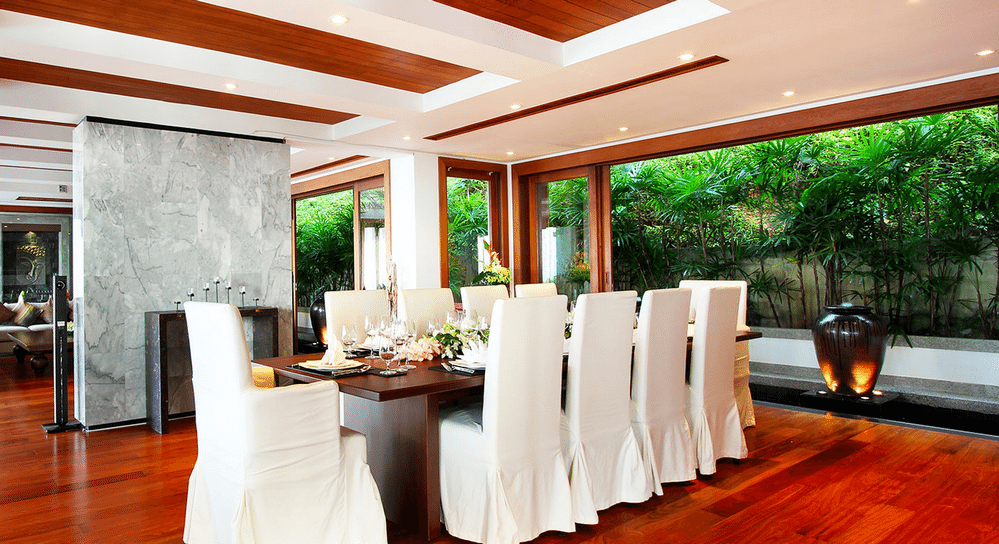
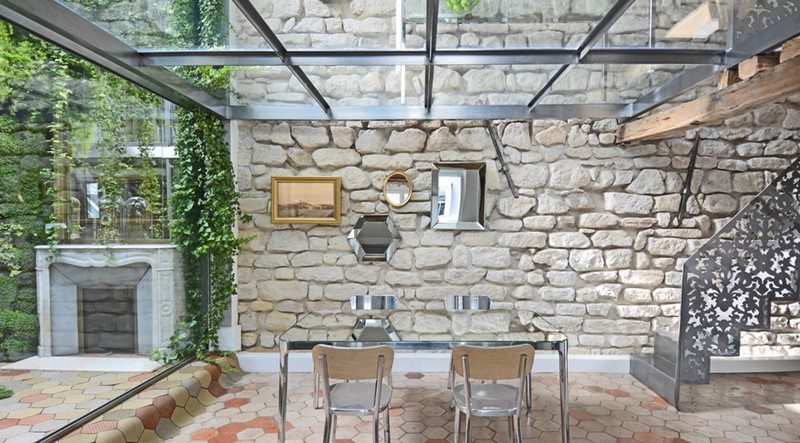
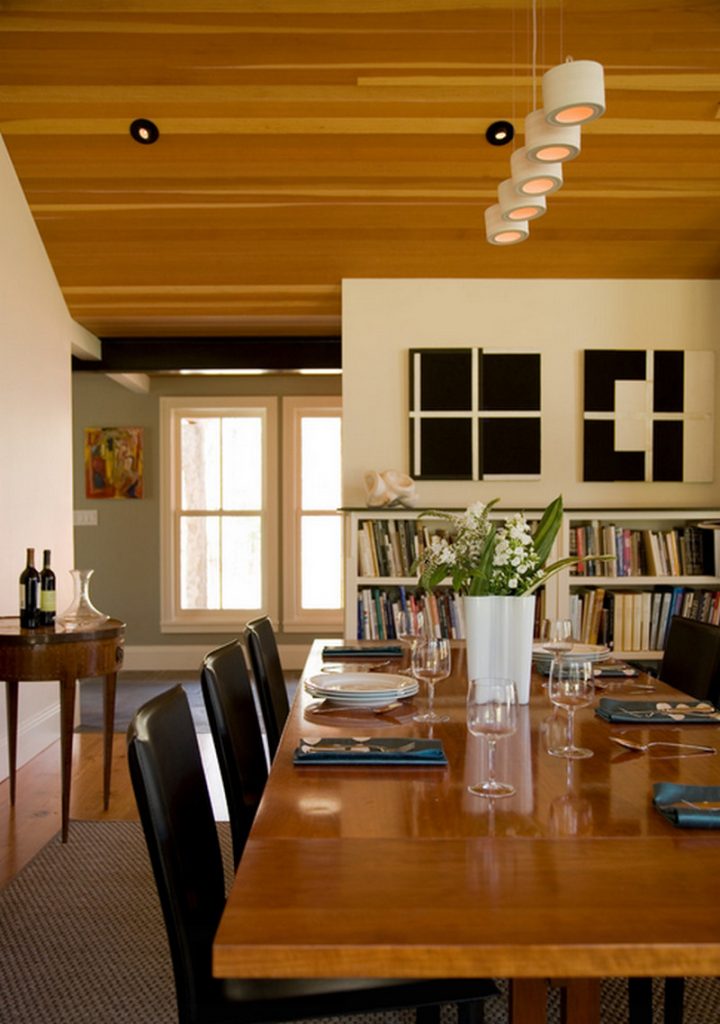
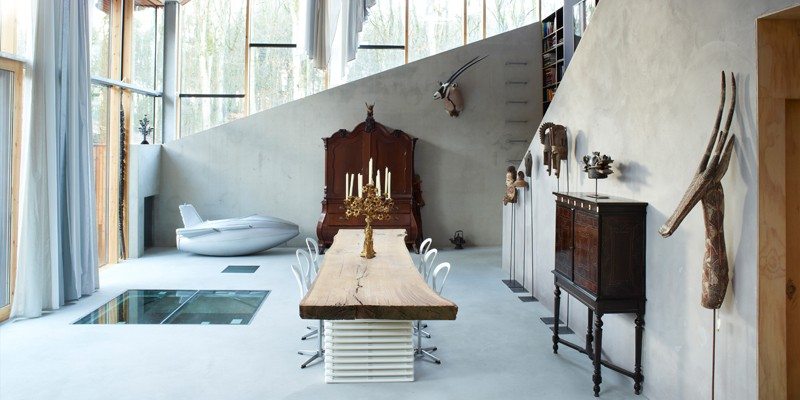
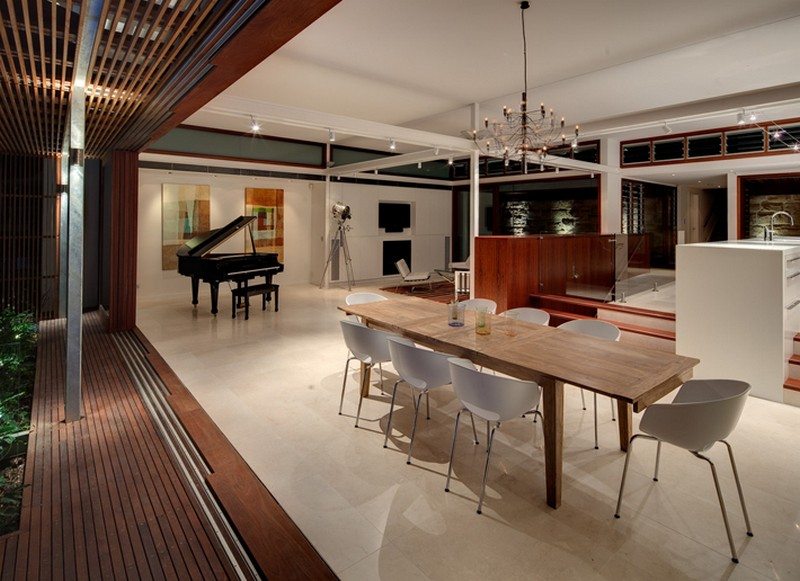
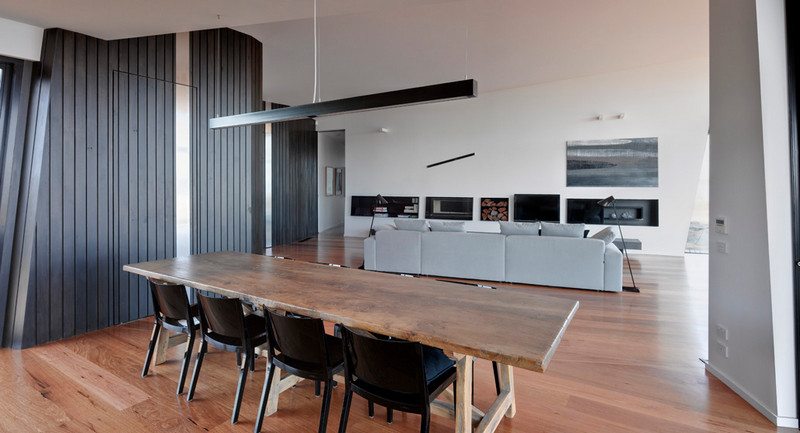
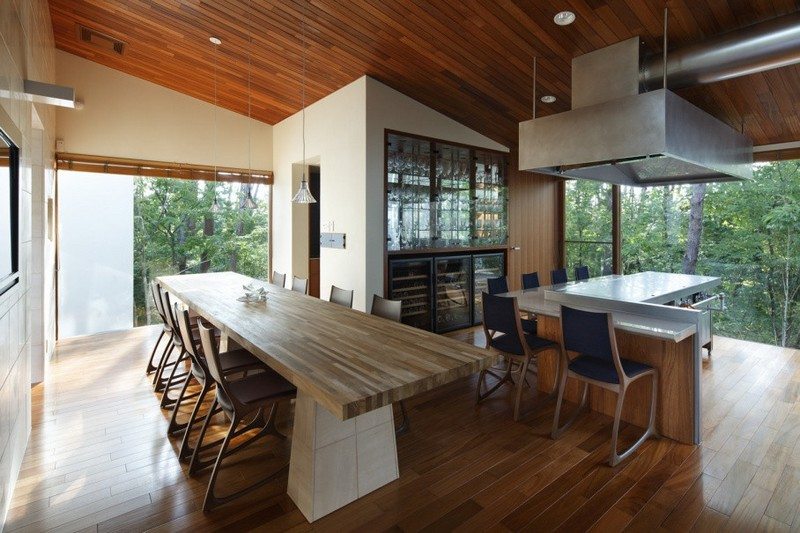
Technology Integration in Modern Dining Rooms
Integrating modern technology into home spaces can significantly enhance both functionality and ambiance. As families and individuals enjoy gathering in these areas, incorporating advanced technological solutions can make these spaces more adaptable, comfortable, and interactive.
This exploration into technological enhancements focuses on creating an inviting atmosphere where form meets function seamlessly.
Smart Home Automation
Smart home technology has revolutionized the way we interact with our living spaces. By integrating systems that control lighting, sound, and climate, residents can create a perfectly tailored environment with the touch of a button or a simple voice command. Automated lighting systems allow for the adjustment of brightness and color temperature to suit different times of the day or specific moods. Similarly, integrated sound systems can play ambient music during a meal or lively tunes during a social gathering, all controlled seamlessly from a smartphone or voice-activated device.
Advanced Lighting Solutions
The right lighting can transform the atmosphere of any room. Modern solutions such as LED strip lights and smart bulbs offer customizable settings for intensity and color, enabling users to create the desired ambiance instantly. These technologies are not only practical but also energy-efficient, allowing for a significant reduction in power consumption. For those looking to impress guests, lighting can be synced with music, providing a dynamic dining experience that reacts to the beats of the music, setting a truly immersive scene.
High-Tech Furniture
Furniture embedded with technology adds a layer of convenience and luxury. Extendable tables equipped with motorized mechanisms can adjust in size with the press of a button, accommodating any number of guests without the need for manual labor. Chairs with adjustable heights and built-in heating elements provide comfort that can be customized to each individual’s preference, ensuring that everyone can relax and enjoy their time.
Climate Control Systems
The comfort of a room heavily depends on its temperature and air quality. Modern climate control systems offer precise temperature adjustments that can be controlled remotely. High-quality air purifiers integrated into these systems ensure that the air remains clean and fresh, enhancing the overall comfort and healthiness of the environment. Whether it’s keeping cool during a summer gathering or warm in a chilly winter evening, these systems ensure the space is always at an optimal comfort level.
Interactive Surfaces
Novel surfaces like smart tables function as interactive hubs in addition to being conventional furniture. These tables can show menus, recipes, or nutritional data, so improving the meal cooking and enjoyment. A centerpiece for entertainment and interaction, some have touch-sensitive surfaces that let users operate other smart devices in the house, play games, or even create art.
Seamless Connectivity
A strong and consistent Wi-Fi network is absolutely necessary to guarantee that all these technologies cooperate without problems. Mesh network systems guarantee that every smart gadget runs effectively over the whole area, so extending the range of connectivity. This connectivity also allows for updates and integrations of new devices, so maintaining the technology current with the most recent developments.
People can design homes that are not only practical and efficient but also fit for generating unforgettable experiences by including these technologies into everyday areas. The only restrictions on the opportunities to improve these sectors as technology develops are those of the imagination.
Art and Dining: Incorporating Artistic Elements
Integrating art into home spaces can transform them into visually engaging and inspiring environments. Artistic elements elevate the aesthetic appeal and create a unique atmosphere that reflects personal tastes and enhances the overall experience. This discussion focuses on how to effectively incorporate art into the home to enrich the visual and emotional appeal of the space.
Choosing the Right Artwork
Selecting the right pieces of art involves more than just matching colors and styles; it’s about conveying a mood and connecting on an emotional level. Consider the theme and the emotional impact of the artwork. Whether it’s a serene landscape, a vibrant abstract piece, or a classic portrait, the art should complement the room’s existing decor and color scheme while also adding a new layer of depth and interest.
Scale and Placement
Maintaining the equilibrium of the room depends critically on the scale of the artwork. Larger walls would be perfect for large-scale paintings since they can be the center point and attract the viewer. Smaller pieces can be arranged in a gallery-style fashion to produce a well chosen appearance. Placement is just as crucial; art should be hung eye level to maximize impact and visibility. Lower placement guarantees the artwork can be appreciated up close in areas where people often sit, such next to tables or seating areas.
Sculptural Elements
Incorporating three-dimensional art, such as sculptures or pottery, adds texture and depth to the room. Position sculptures in areas where they can be appreciated from multiple angles, such as on a central pedestal or within open shelving. Pottery and artisanal crafts can also serve as functional decor, offering both beauty and utility.
Lighting Artwork
Proper lighting can dramatically enhance the impact of artwork. Adjustable ceiling spotlights or wall-mounted lights can be positioned to highlight specific pieces, ensuring that the artwork remains a vibrant part of the room’s ambiance. Consider using lights with adjustable brightness to change the mood for different occasions or times of day.
Interactive Art
For those looking to add a modern twist, interactive art installations can provide a dynamic element to the room. Digital frames that display a rotating collection of art, or installations that change with viewer interaction, keep the space fresh and engaging. This not only becomes a talking point but also allows for personalization and seasonal changes without physical alterations.
Art as a Reflection of Culinary Arts
Linking the art in the room to the culinary experiences created there can provide a cohesive theme. For instance, artwork featuring food, scenes from famous dining spots, or abstract pieces that evoke the senses can enhance the thematic connection between the cuisine and the decor, enriching the overall dining experience.
By thoughtfully integrating artistic elements into home spaces, individuals can create a richly layered environment that stimulates the senses and deepens the connection to the space. This approach not only enhances the visual appeal but also turns the area into a personal gallery where art and life coexist beautifully.
You might also find other inspiration for your dining rooms…
Get the week's most popular posts delivered to your inbox.
Our weekly update is free yet priceless and you're less than a minute away from getting the current edition.
In the unlikely event we disappoint, you can unsubscribe with a single click!




